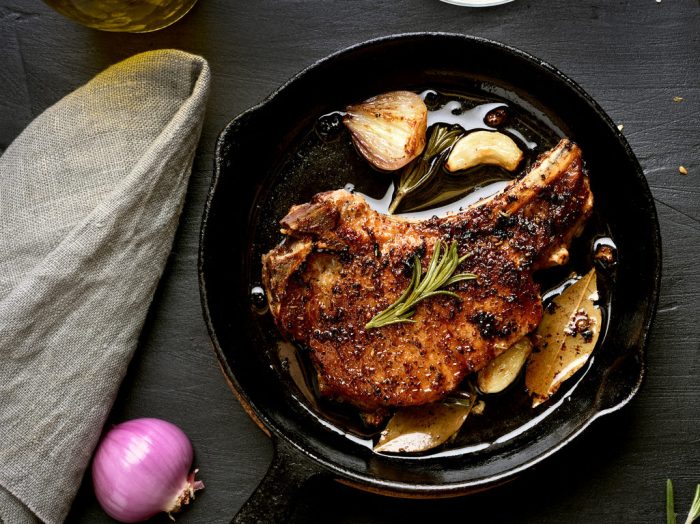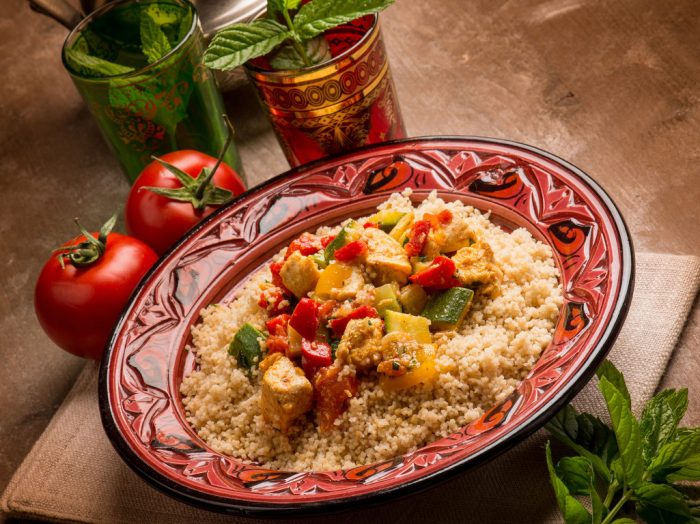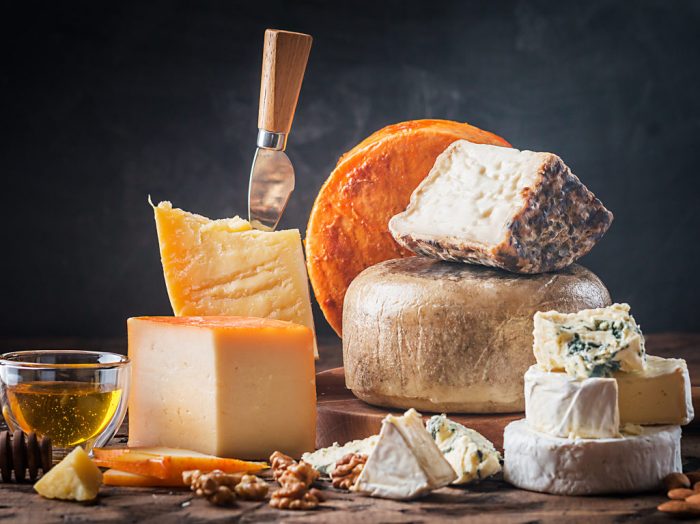Most of us are utterly in love with the taste and feel of chocolate when we’re indulging in a few squares. Or most likely a whole bar. But does everyone know how to taste chocolate, expert-style? A new book has some tips.
“Cocoa: An Exploration of Chocolate, With Recipes” by Sue Quinn is a new book that explores this pleasure that so many of us share. From how to taste chocolate like an expert, to the culture and history of chocolate, this book has it all. I definitely want to find out more about one of my favorite desserts. One thing that’s interesting is that eating chocolate is a lot about the smell. You can taste it while holding your nose and not inhaling, but you might not feel that much flavor-wise.
It may not be as healthy as we all collectively think it is, but sometimes we have to satisfy our sweet tooth. And even if we cannot have too much of it, reading about it can sometimes be good enough. Especially if the writing is evocative. And this one is. So how do experts taste chocolate and what can you learn from this? Let’s find out.
5 tips to taste chocolate like a pro
1. It’s not all about the price
There’s no need to go for obscenely expensive chocolate since good bars are now available everywhere, at a decent price. Look for the words single-origin on the package and try to taste those ones. They will have a wide variety of flavors and textures.
Since we have you here, we urge you to try this lovely chocolate mousse with walnut candies.
2. Timing matters
Don’t try to taste chocolate after eating spicy food, or any kind of strong flavor items. The spiciness prevents you from feeling the subtle aromas of your chosen chocolate bar. Before you attempt to have a chocolate tasting, have some water, to clear your palate. Sue Quinn mentions receiving soft polenta at a course.
3. Appraise visually
Look at the bar and note the color. The surface should be smooth and shiny. If it’s not, then there might have been a manufacturing problem during the tempering process. It should not have variations in color or texture.
4. The nose knows
Like I mentioned earlier, the smell is a huge part of tasting chocolate because of how flavor forms. Tongues can only recognize the five basic tastes, sweet, salty, bitter, sour and umami, which is also described as savory. Flavor is something perceived my both the tongue and the nose. One extra interesting bit: noses recognize different flavors when breathing out and breathing in, so do both!
And how about making this chocolate Bundt cake?
5. Actually taste
To taste chocolate like a pro, put a little bit in your mouth and let it melt, don’t bite into it. This frees the aroma molecules and gives you a more nuanced experience. Observe the texture while you taste, as well. Is it smooth or chunkier? Which one do you like best? Focus on the flavors, trying to feel the nuances of the taste.
And at the end, try to be aware of the aftertaste of the chocolate as well. There are some flavorful notes left on your tongue. Hopefully, after this, you will have a new, better understanding of how chocolate works and how miraculous it is. Not to break up the chocolate-tasting party, but enjoy it while it lasts.






